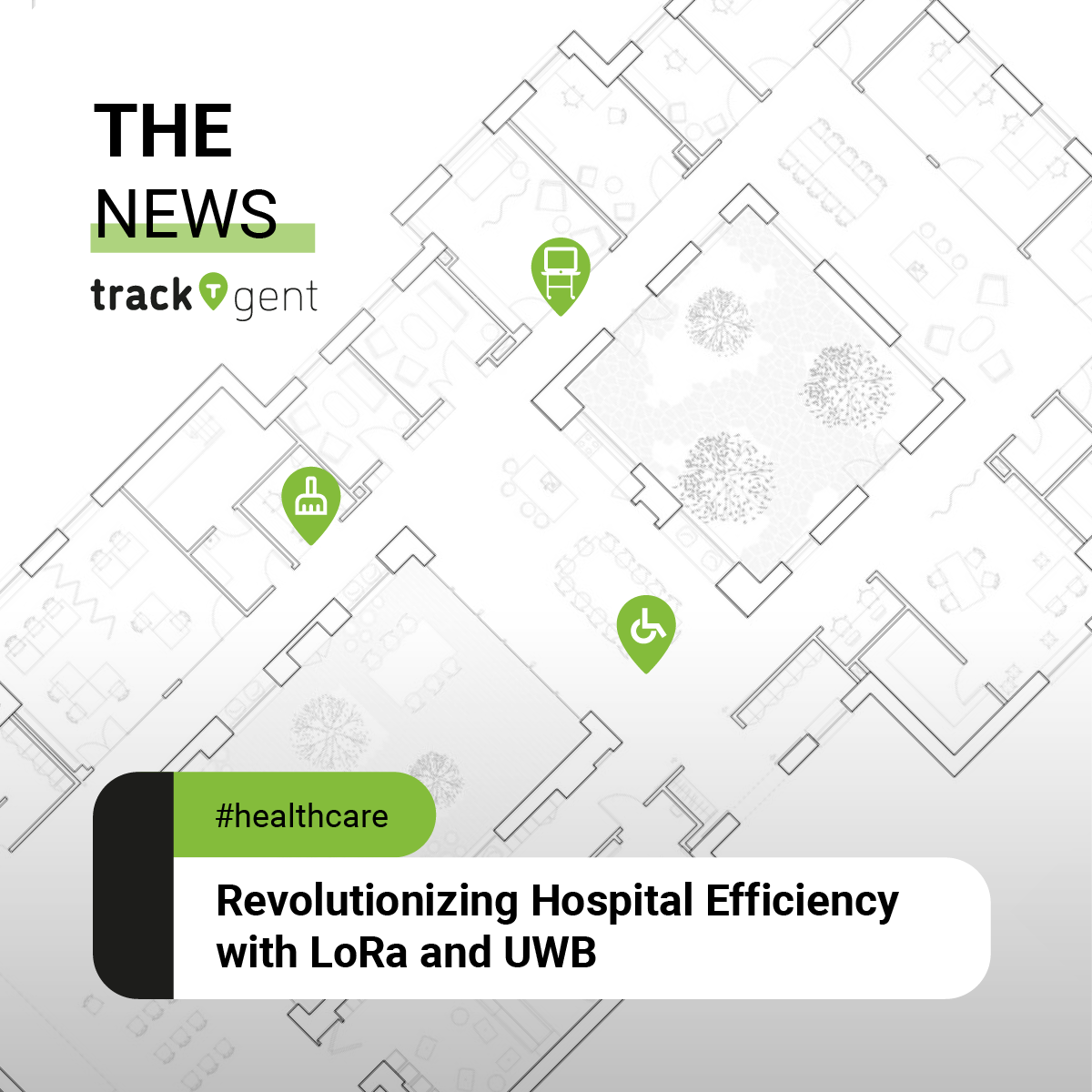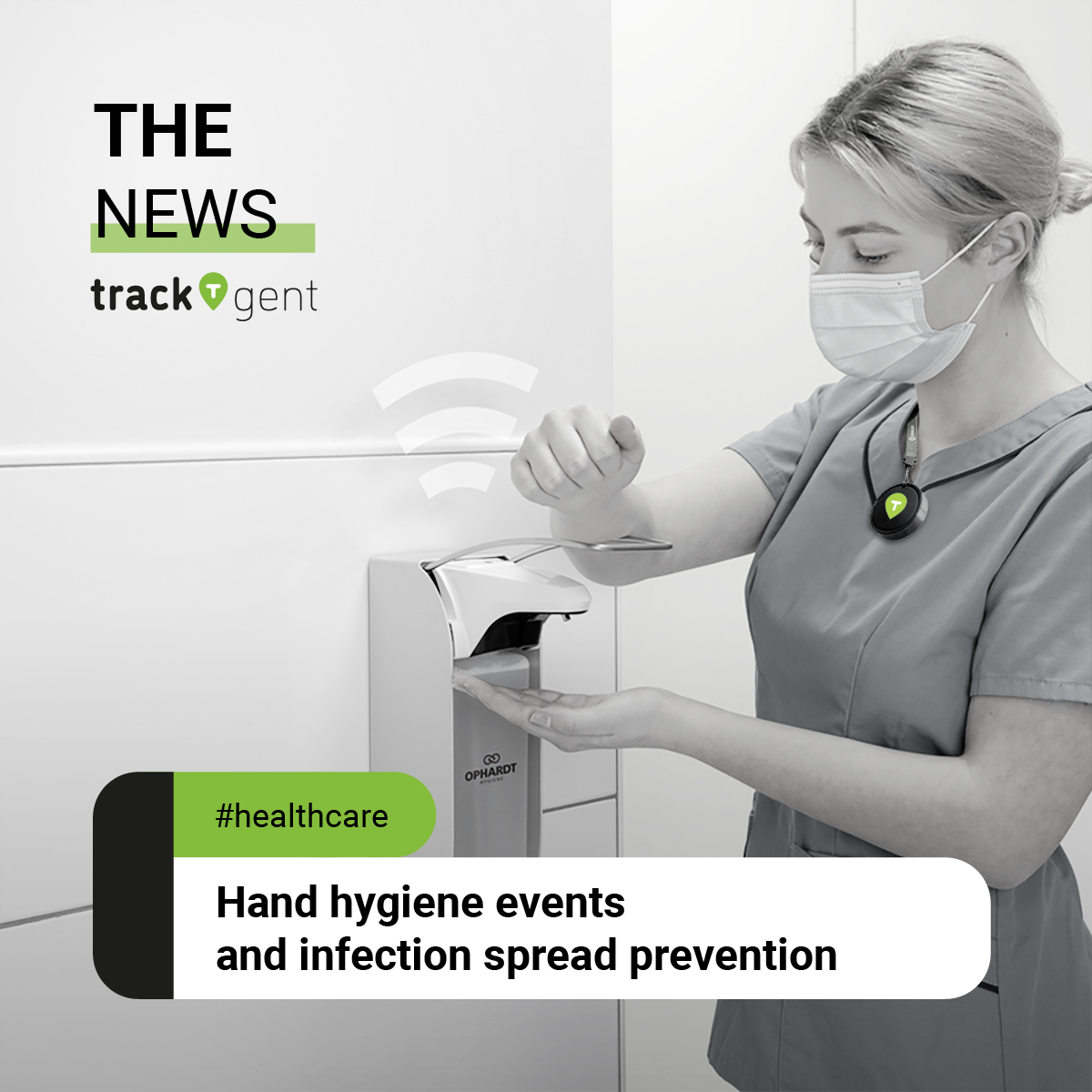In business management processes, one of the key factors taken into account are employees and physical resources involved in work processes. With comprehensive knowledge of both we have a solid base for making informed decisions. But what if we cannot locate what we are trying to manage? In such situations, the main goal becomes simply to find a more efficient way to locate those resources, and introducing RTLS (Real-Time Location System) may be the answer.

The lack of information or imprecise data on the location of resources or personnel is often an obstacle in improving business processes in many industries. For example, in healthcare, the lack of location information makes it difficult for facilities to improve patient flow and optimize the use of medical equipment. In manufacturing plants, production processes can be forced to stop in the event of a temporary lack of necessary tools or devices, and each downtime critically affects the entire production process and can generate revenue losses. In logistics problems with locating specific goods or materials cause problems in providing services on time.
Regardless of the industry, the awareness of the need to determine the location of specific resources used and additionally its impact on work efficiency and achieving assumed profits is crucial. And this awareness is definitely growing. In addition, knowledge of potential technological solutions that respond to this need is also growing. Both in small and large units, RTLS solutions are being implemented more often, giving a wide range of applications in almost every industry. Thanks to wireless communication technology and tagging key resources we have access to information about the location of these resources in real-time.
RTLS solutions therefore serve as a tool supporting management processes. Awareness of the location of resources is an unquestionable benefit that has a real impact on the final quality of manufactured products or services offered. In large units, it is usually a selected department that initiates the implementation of RTLS solution, but the benefit is visible for the entire institution. Enterprises use real-time location of resources in selected areas to justify the investment, but in the end the implementation plans for RTLS and the resulting benefits extend to other areas throughout the whole entity.


